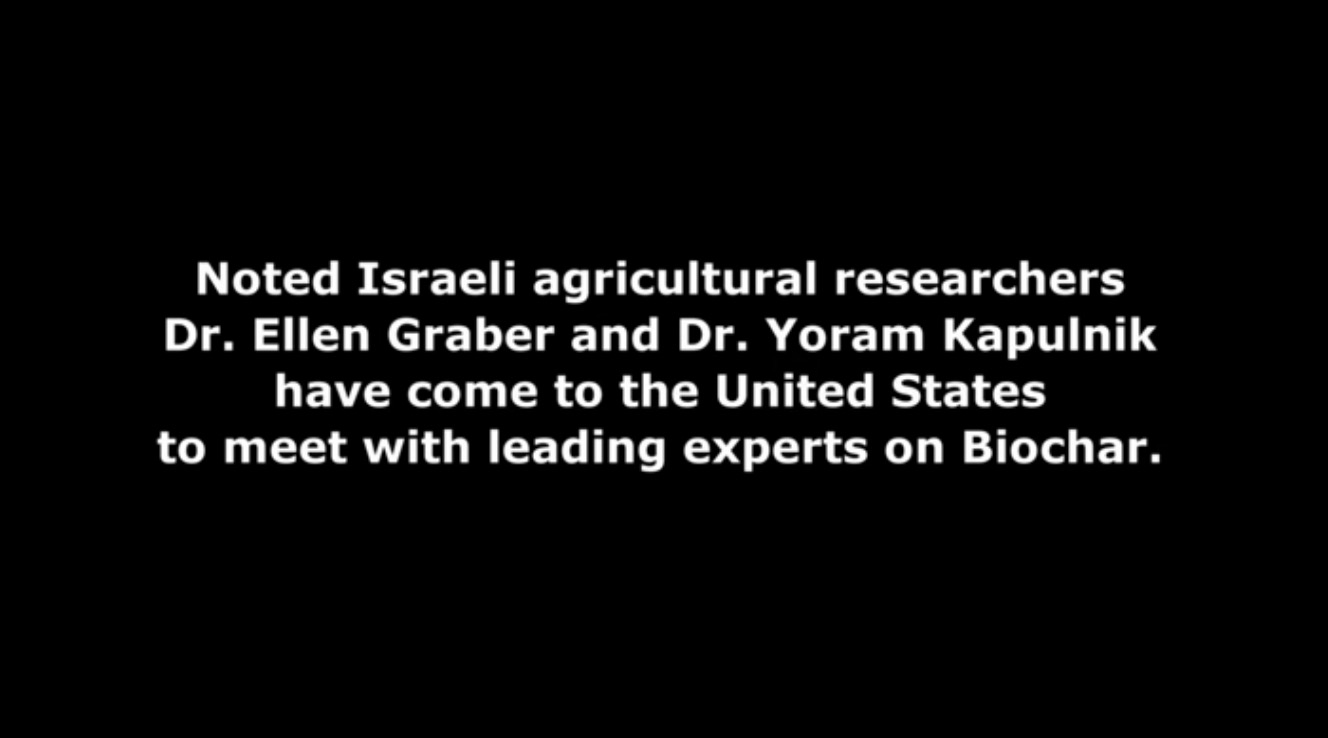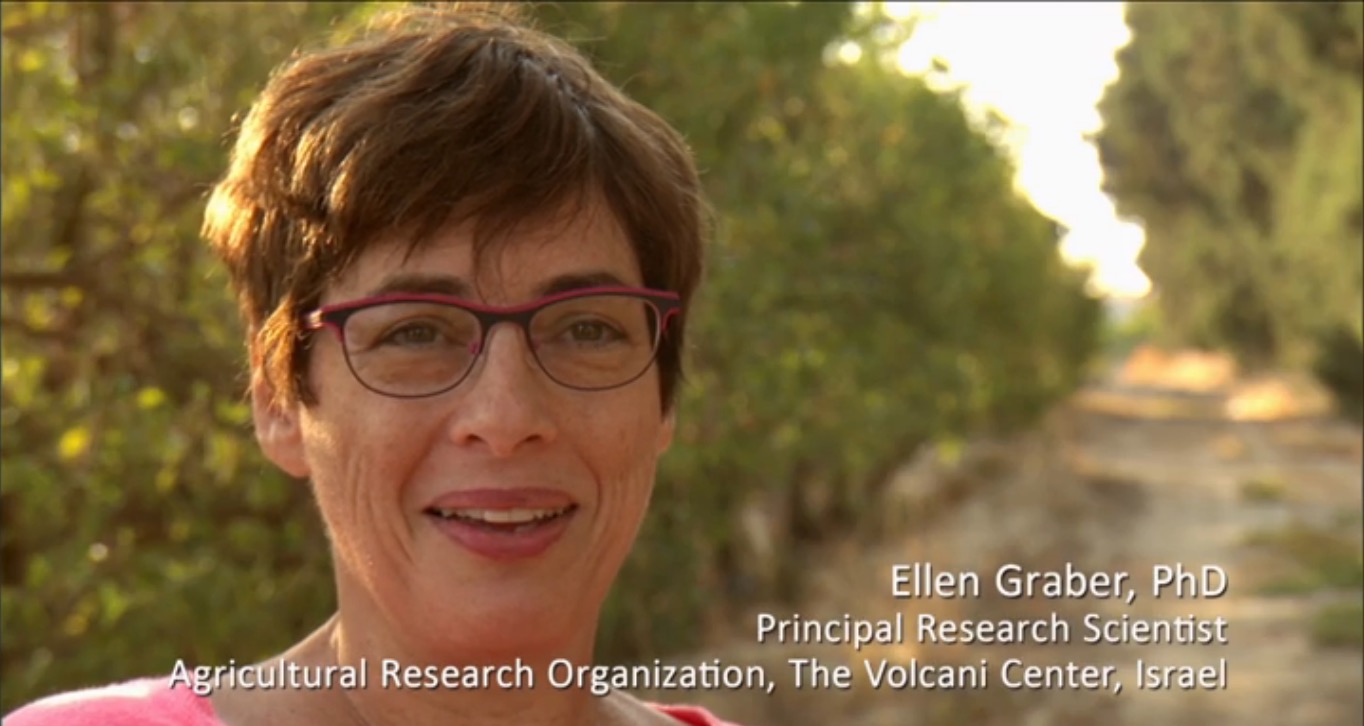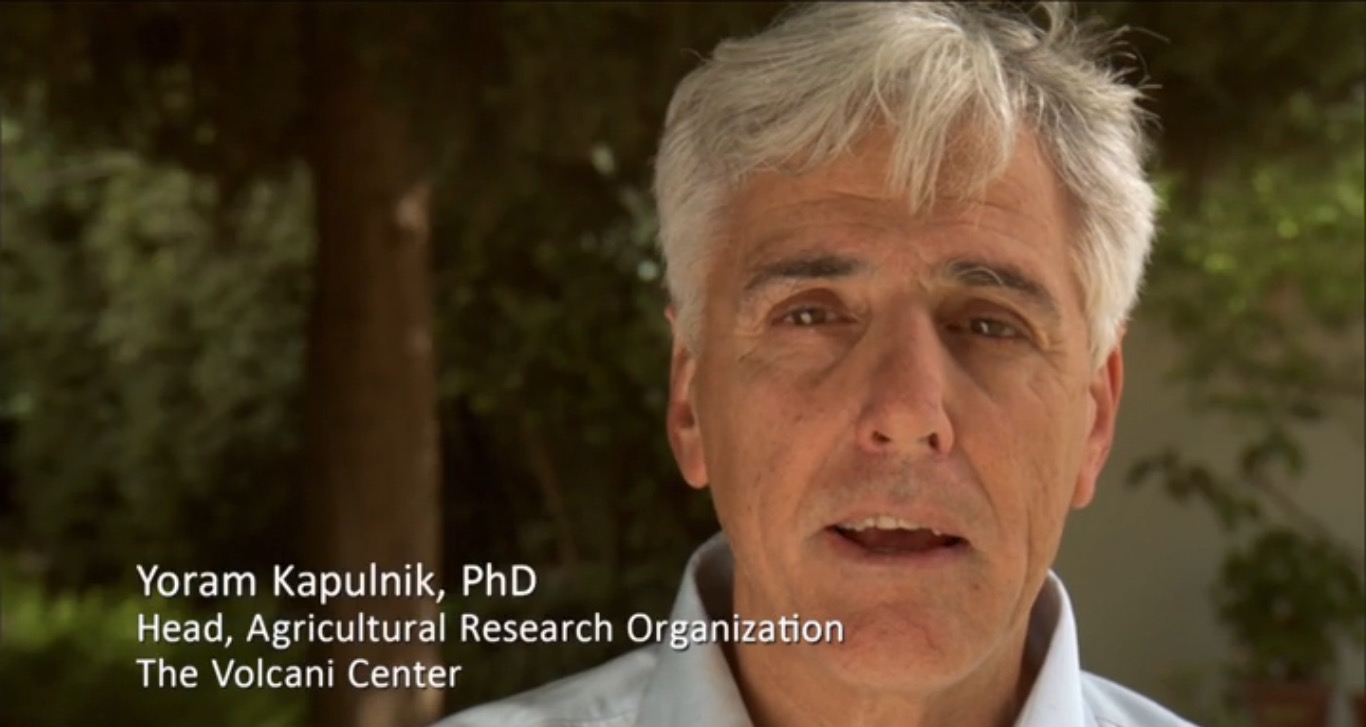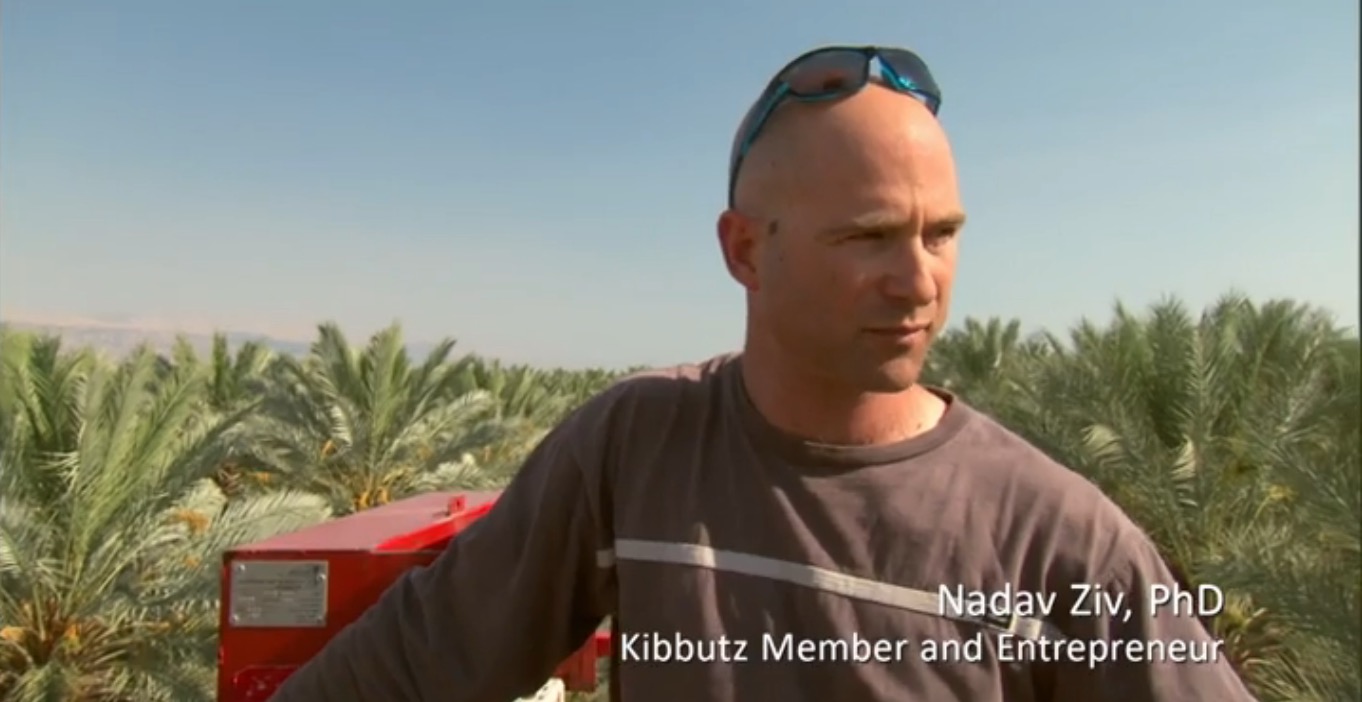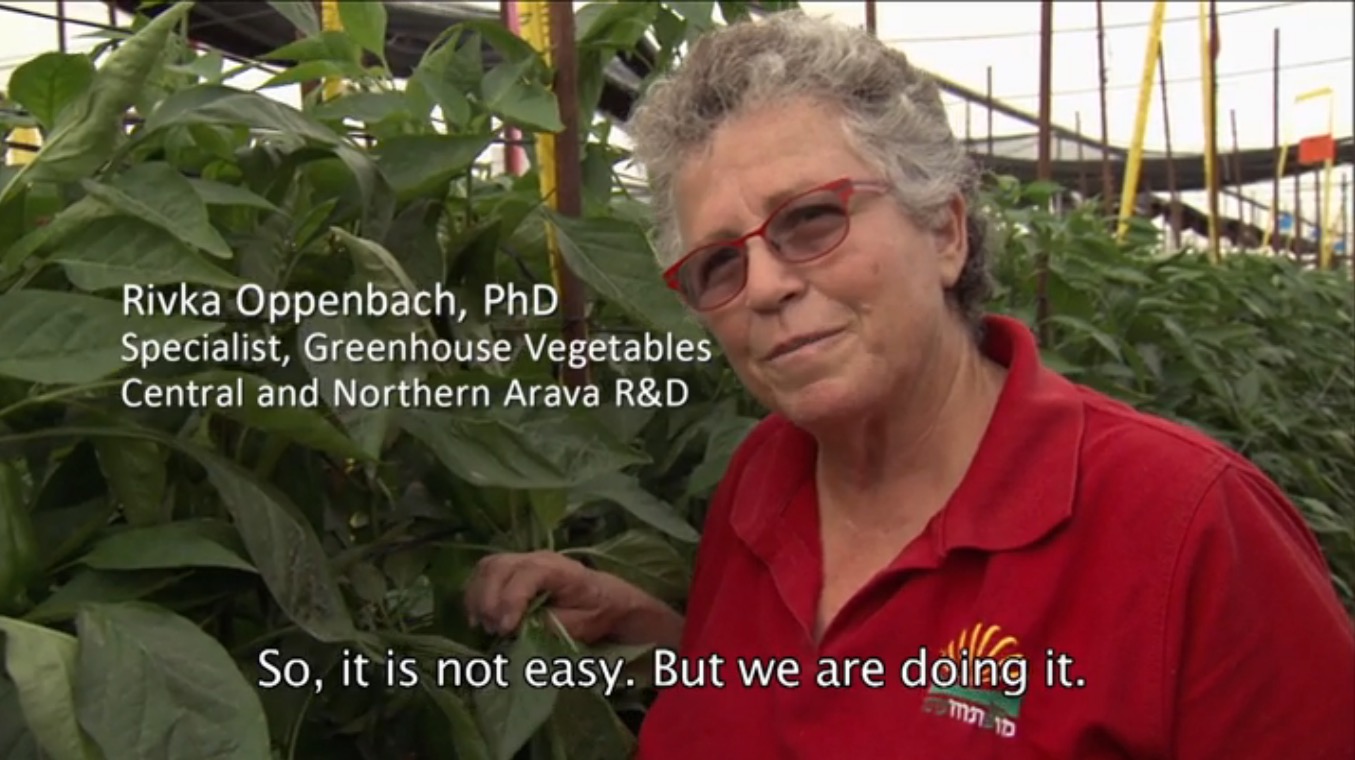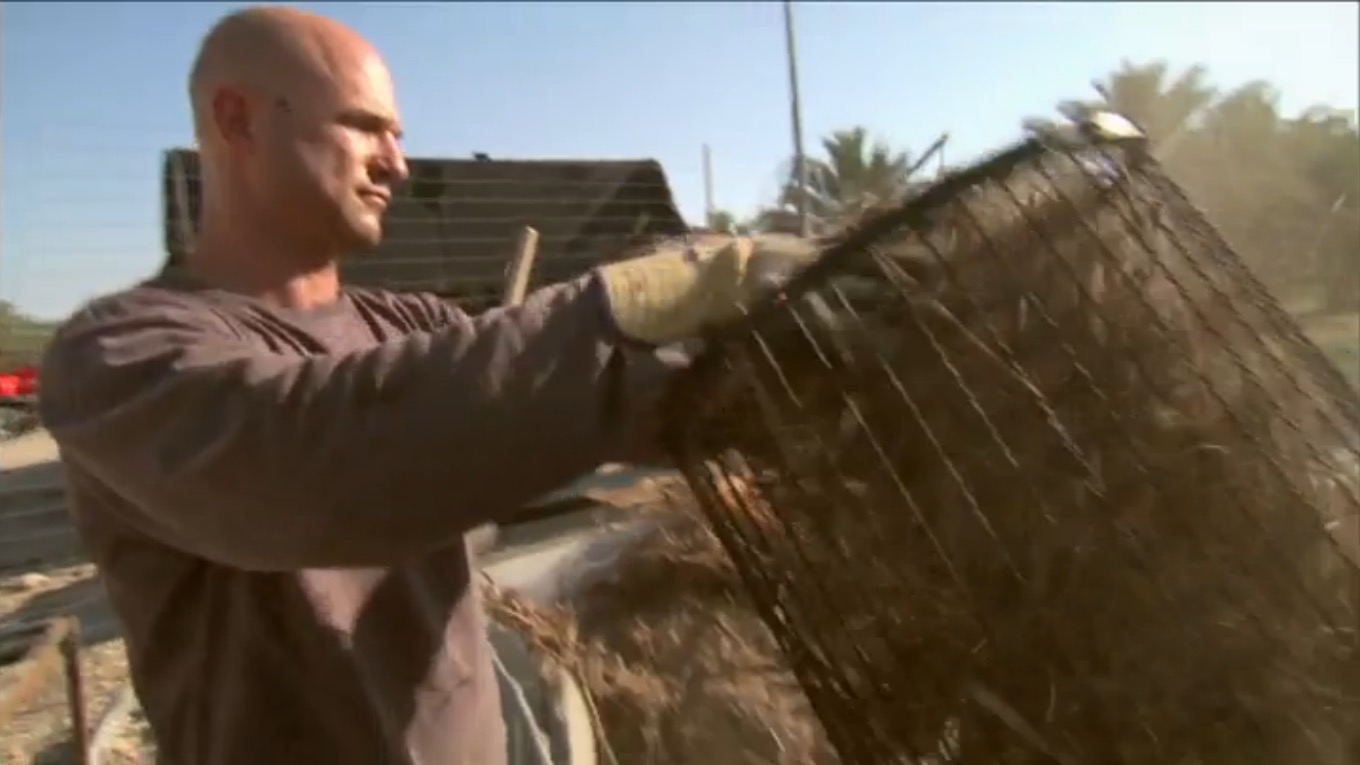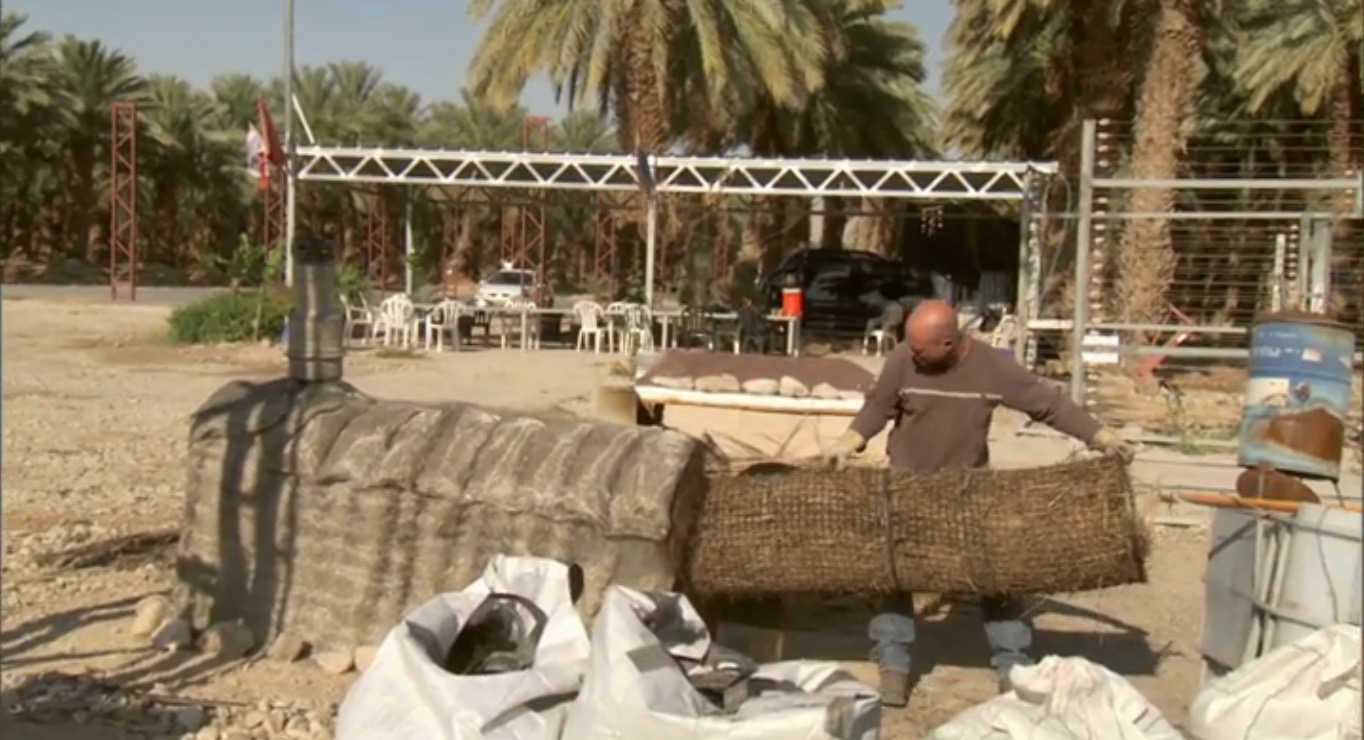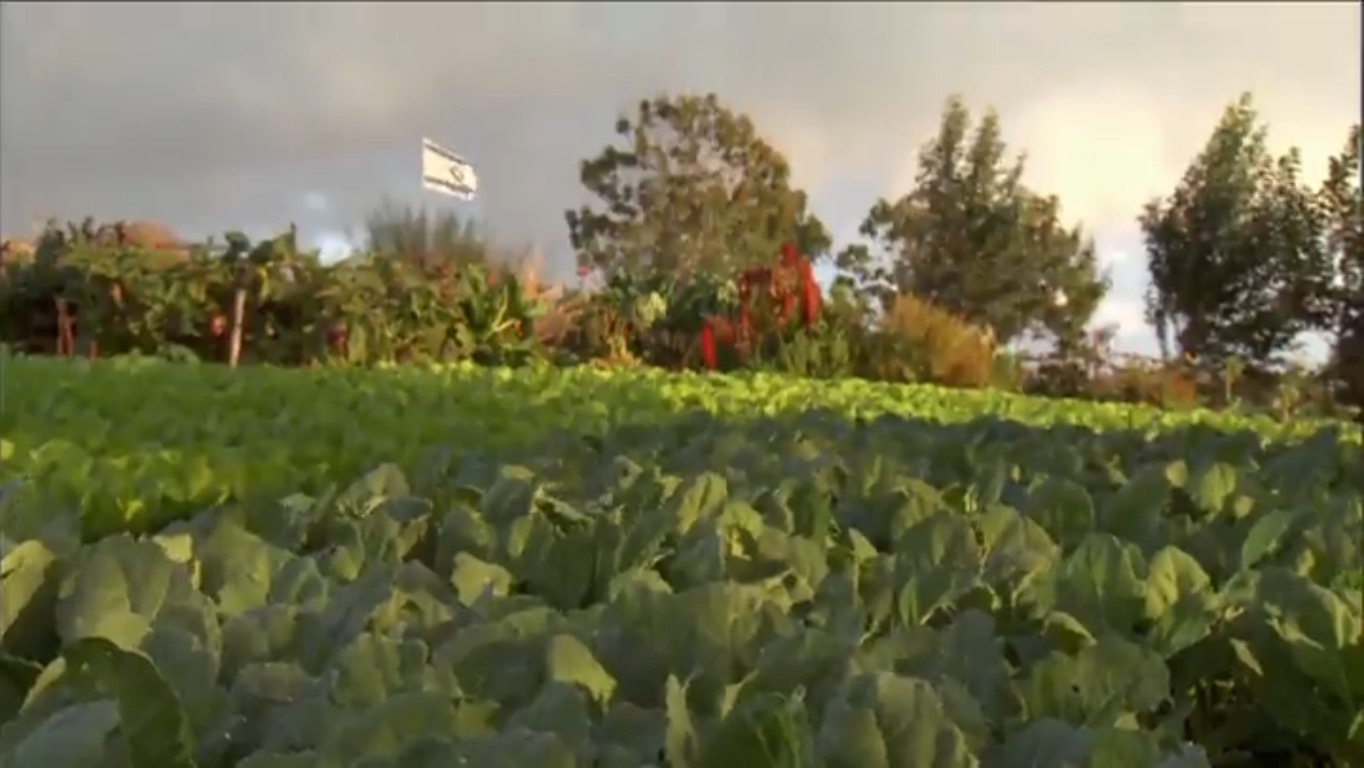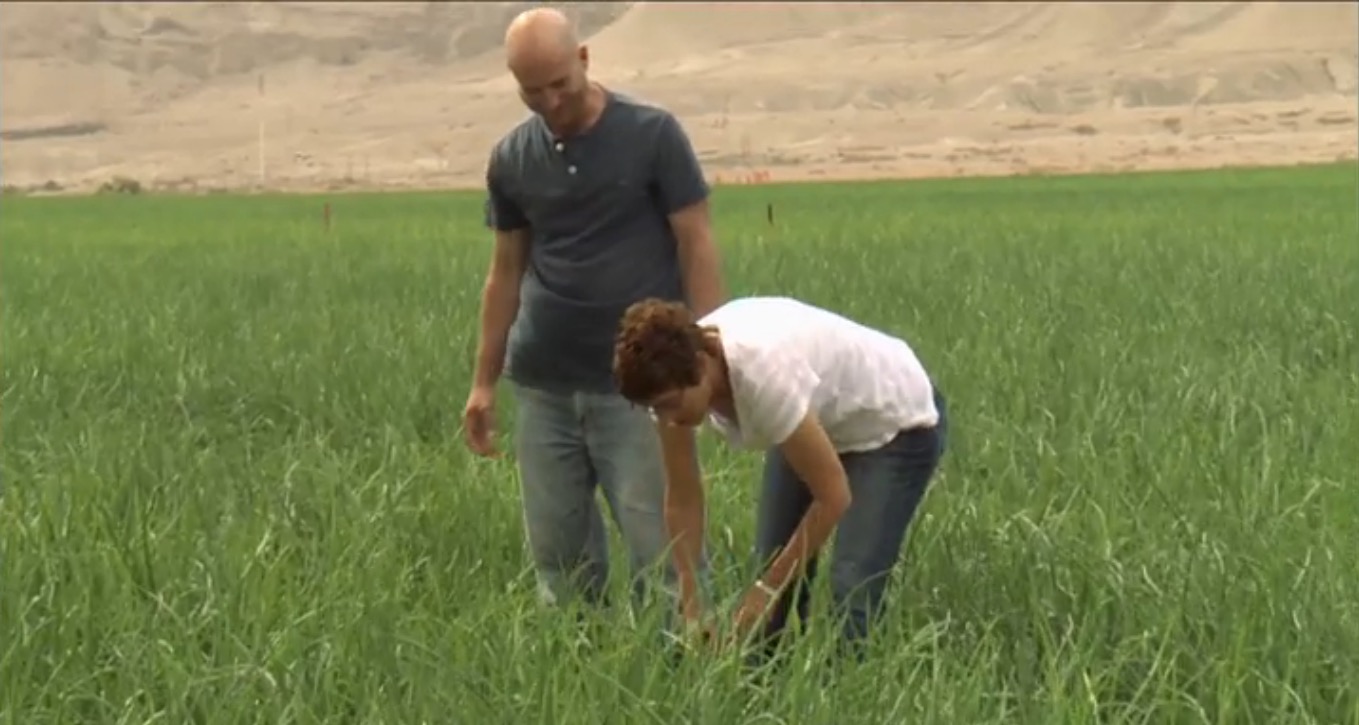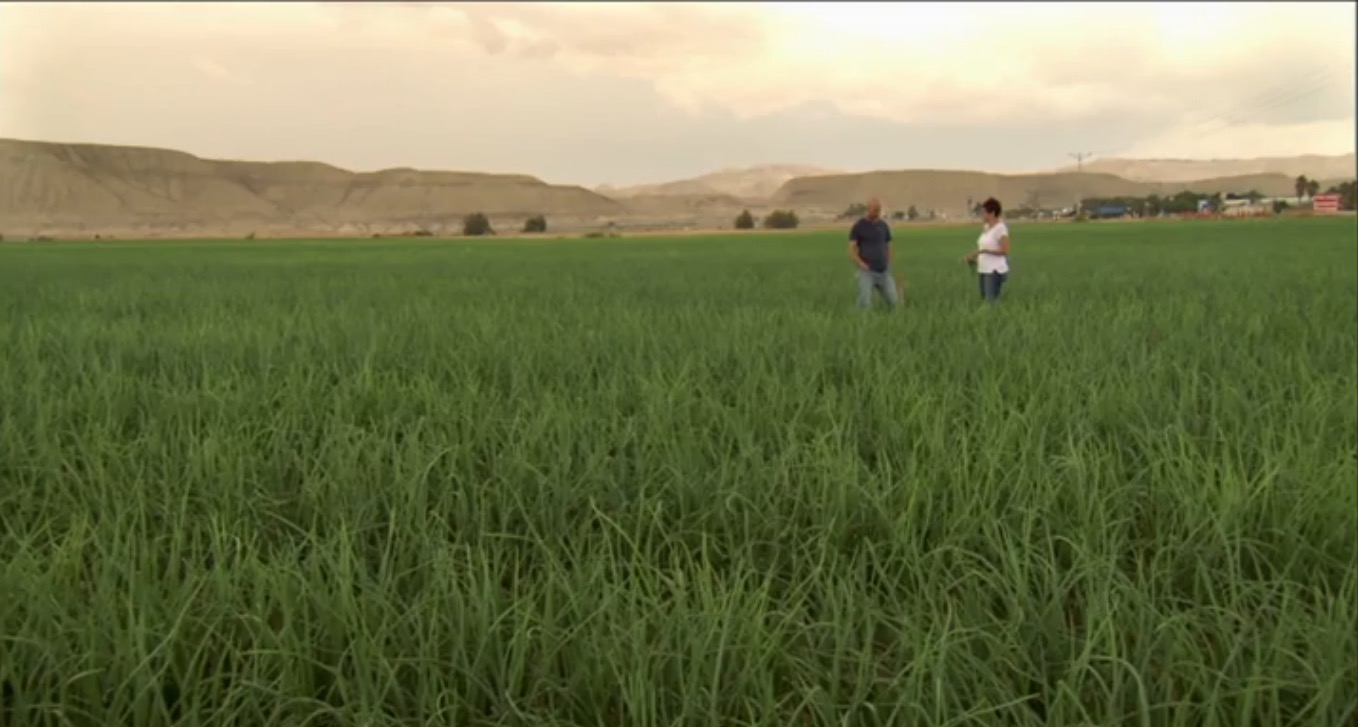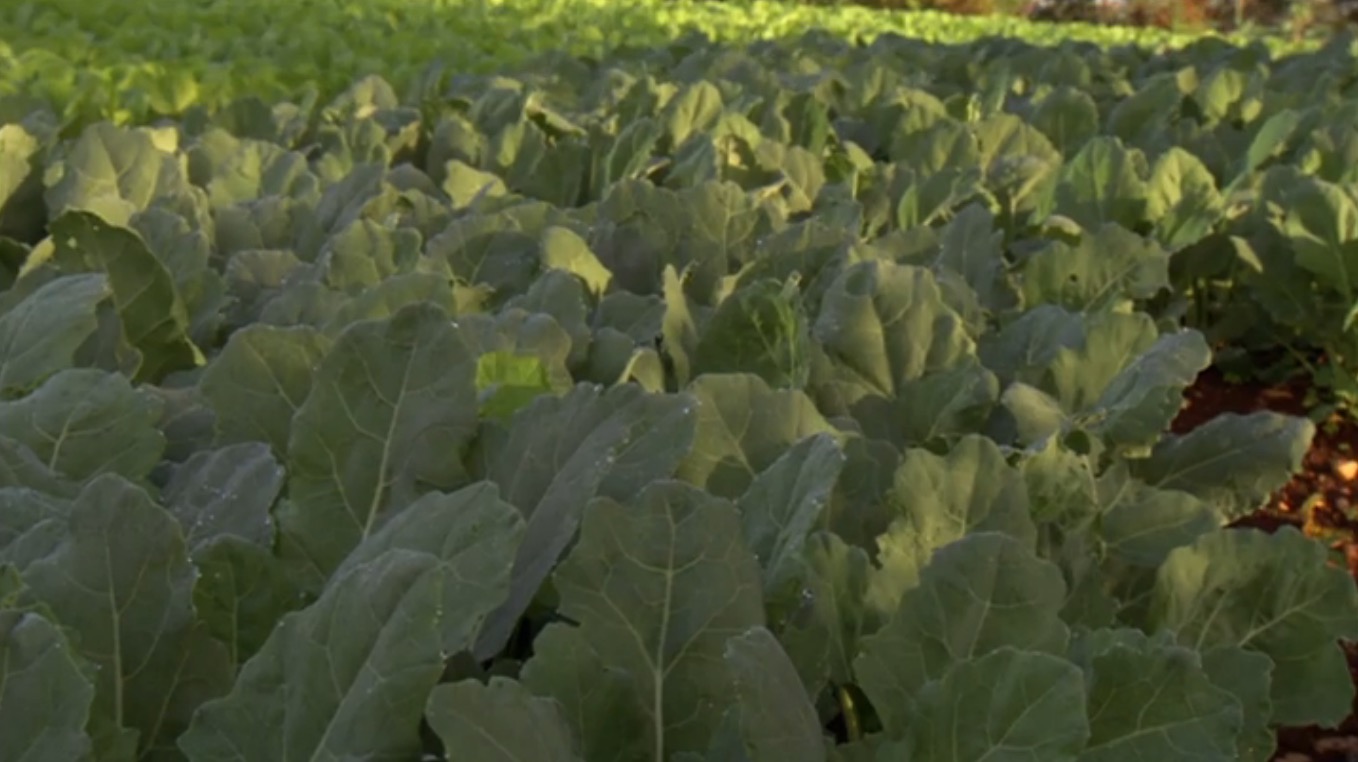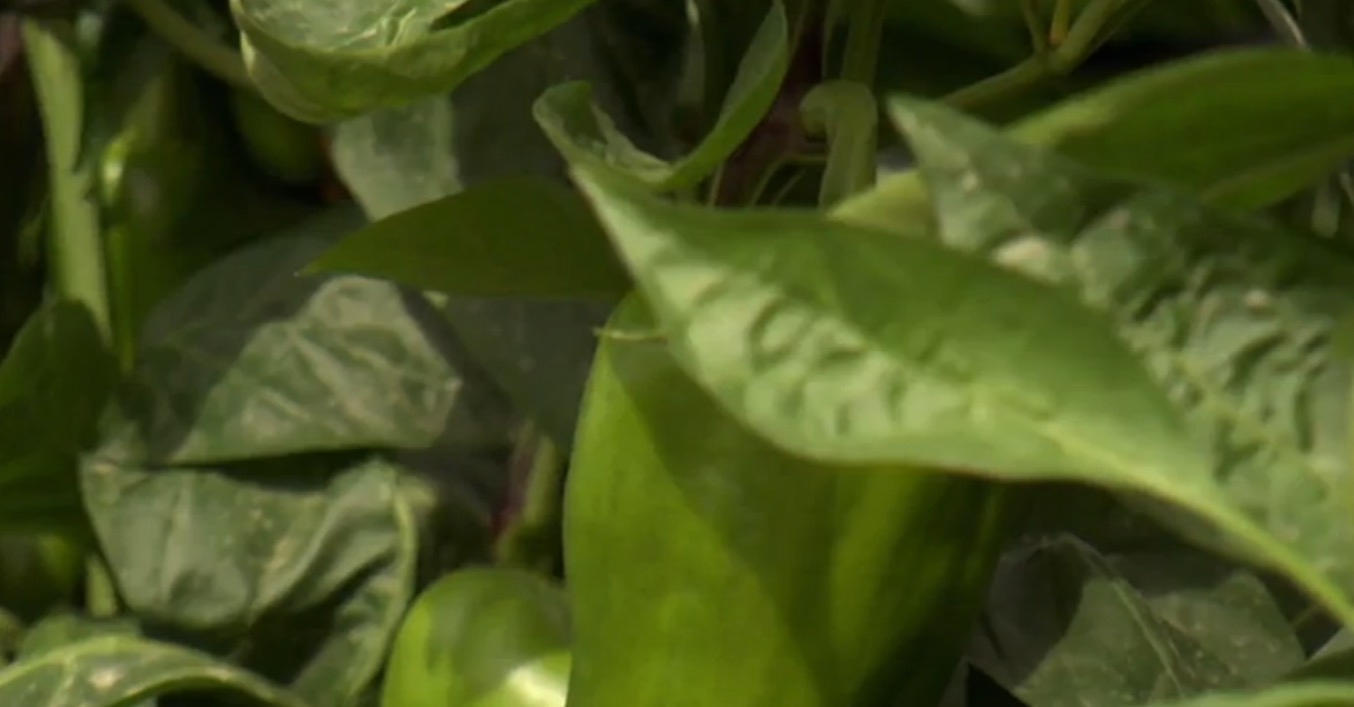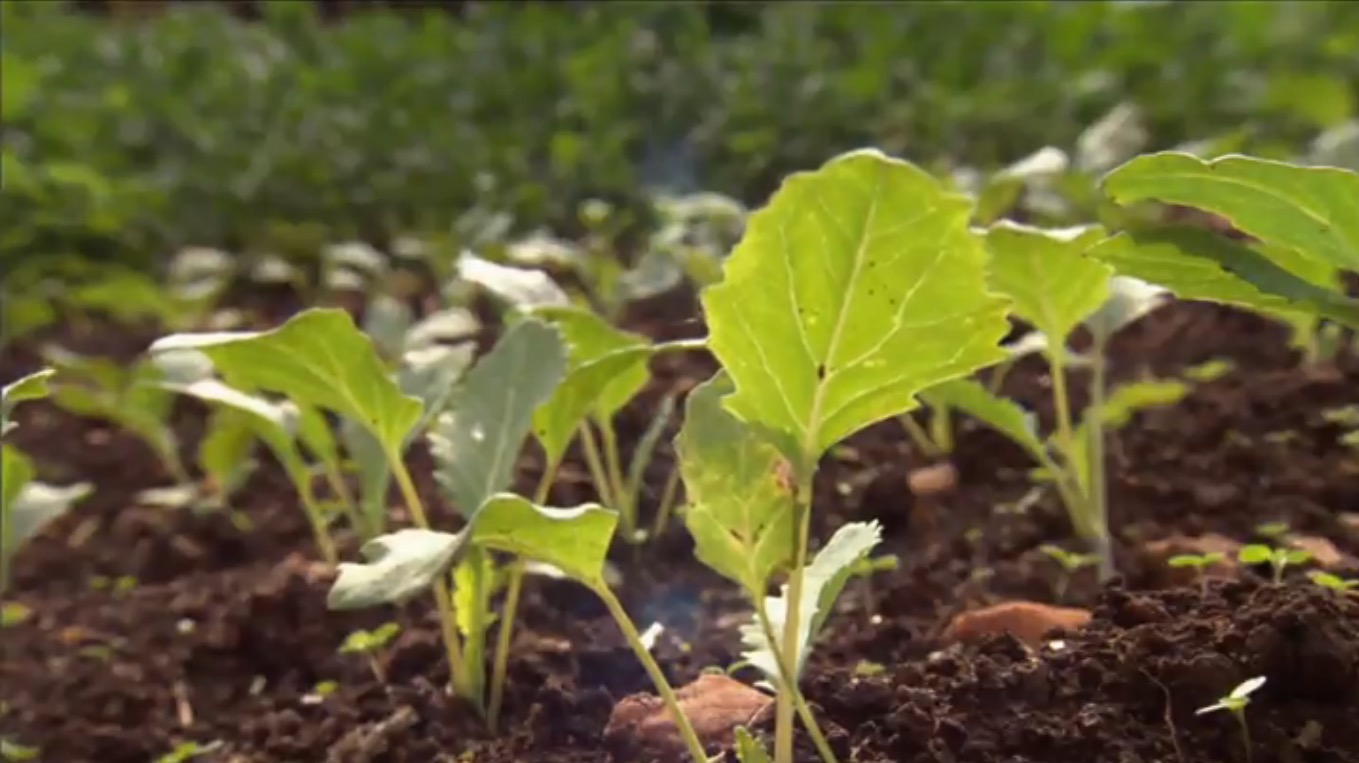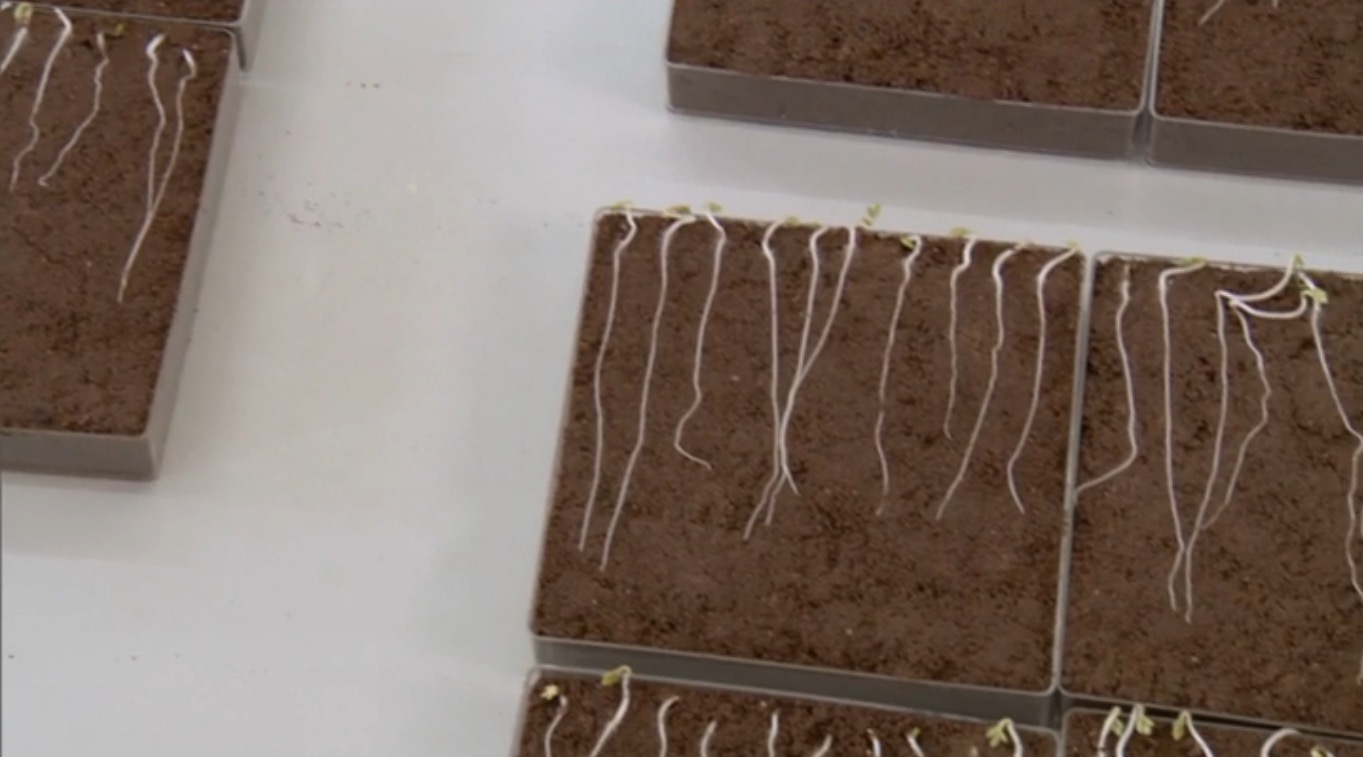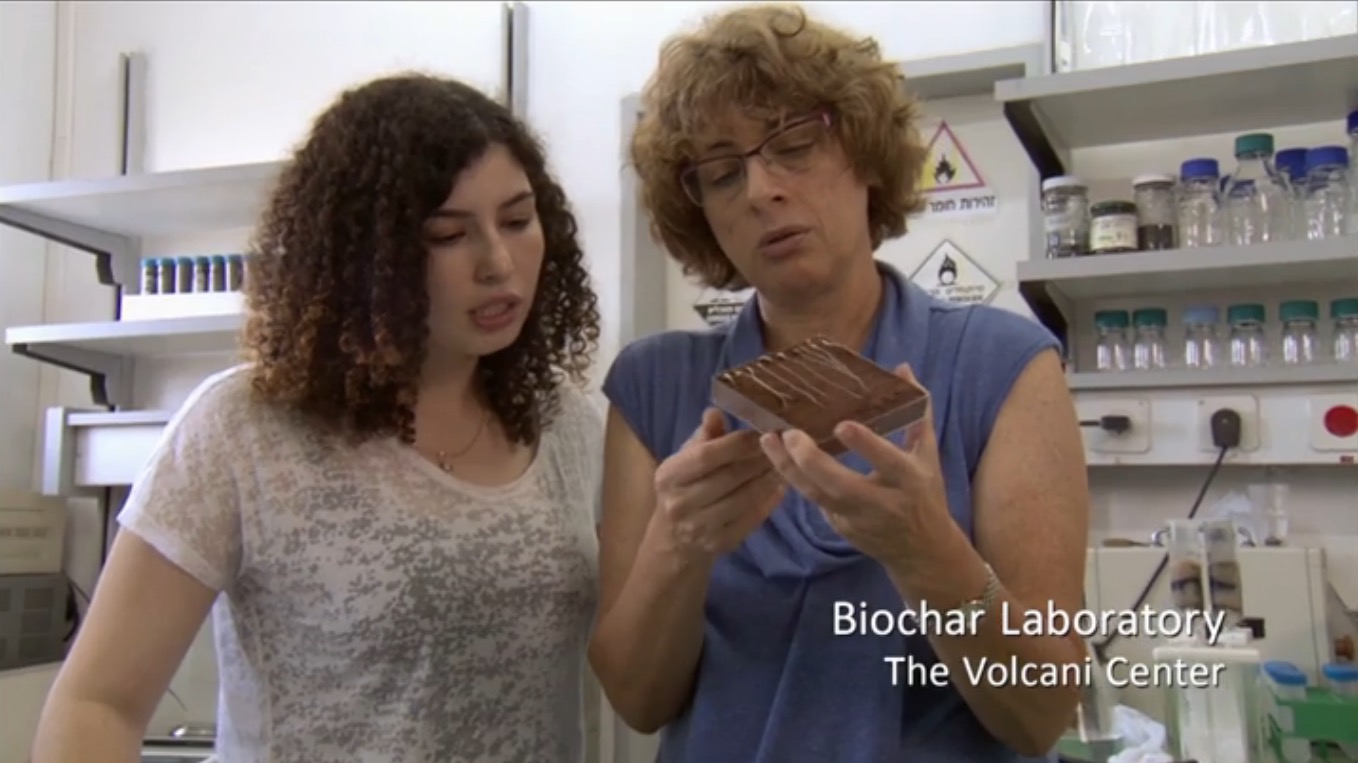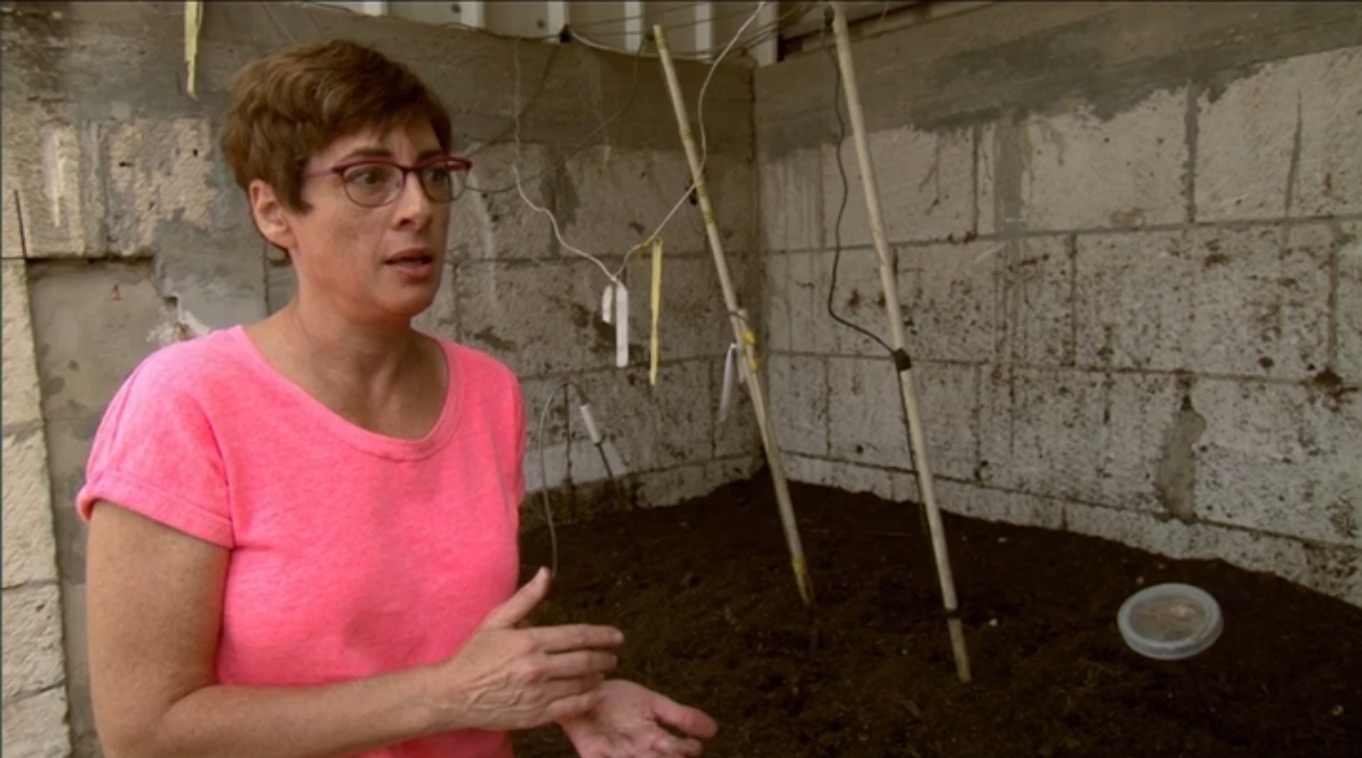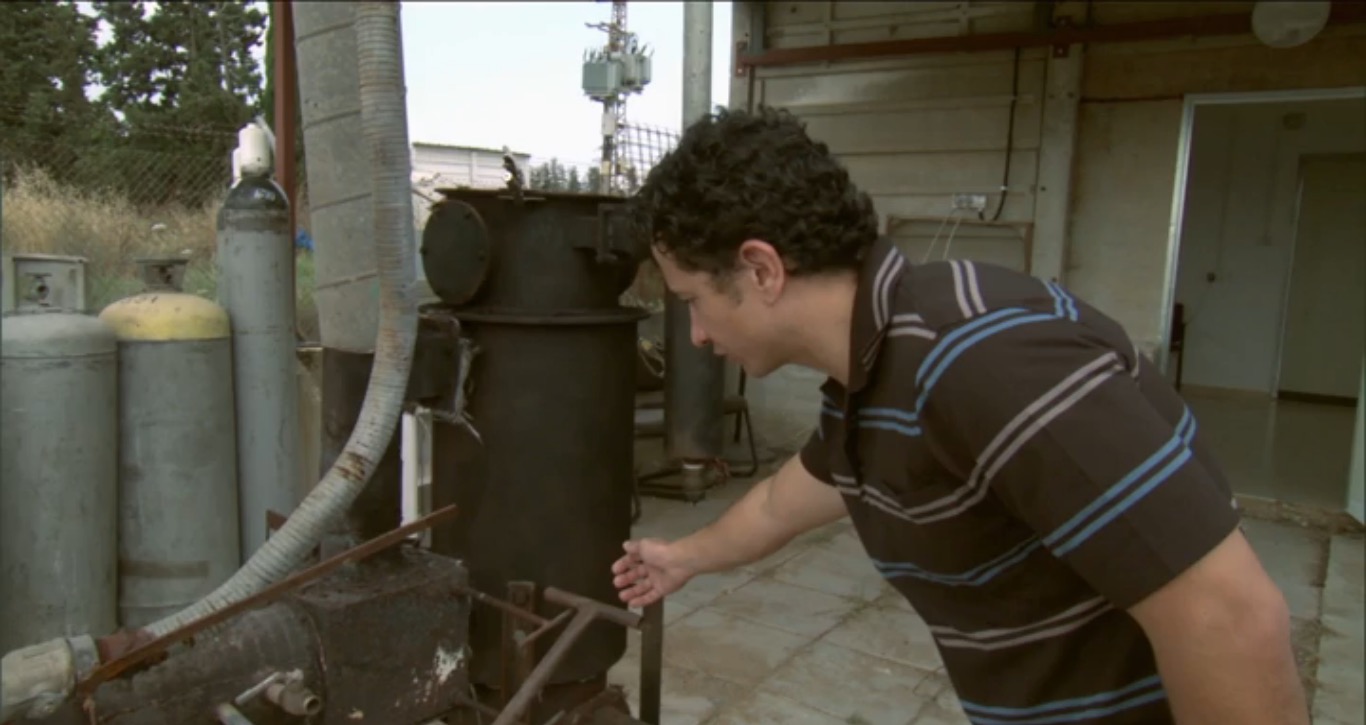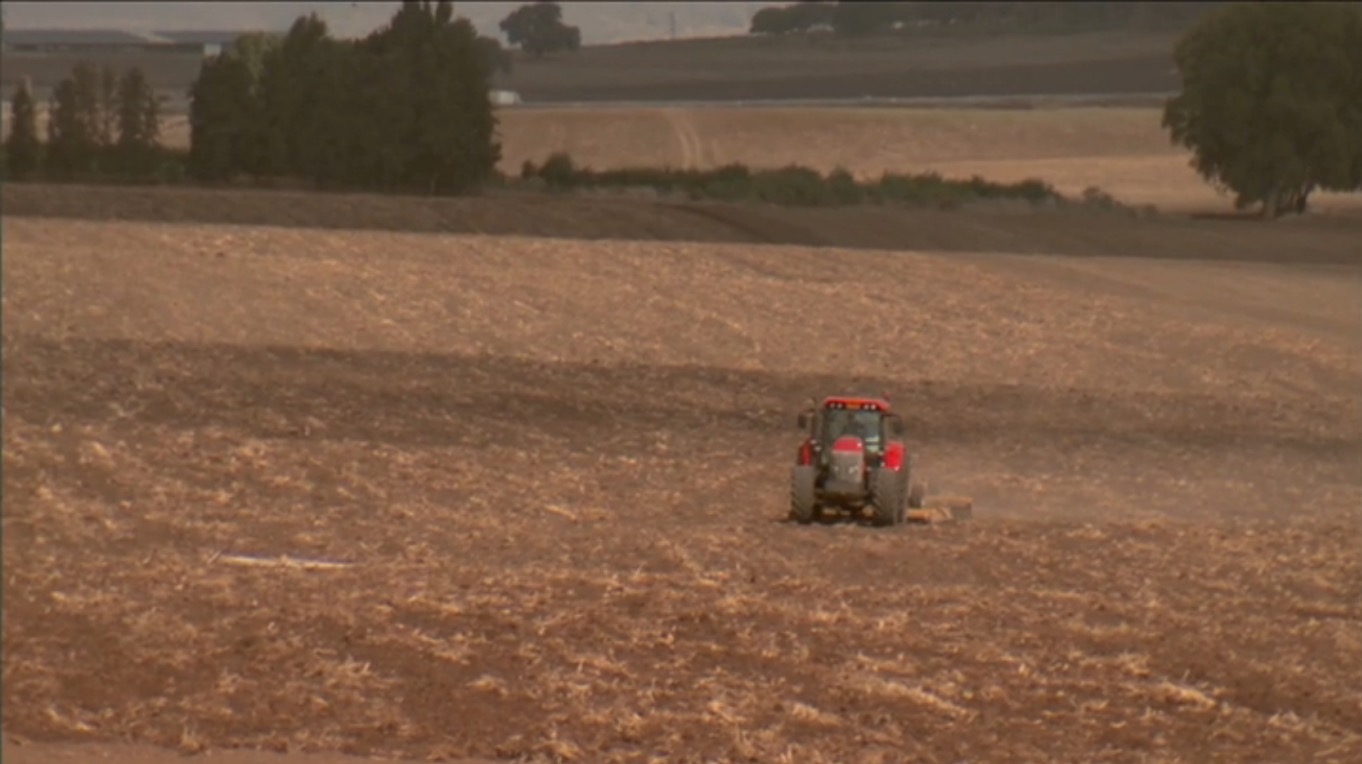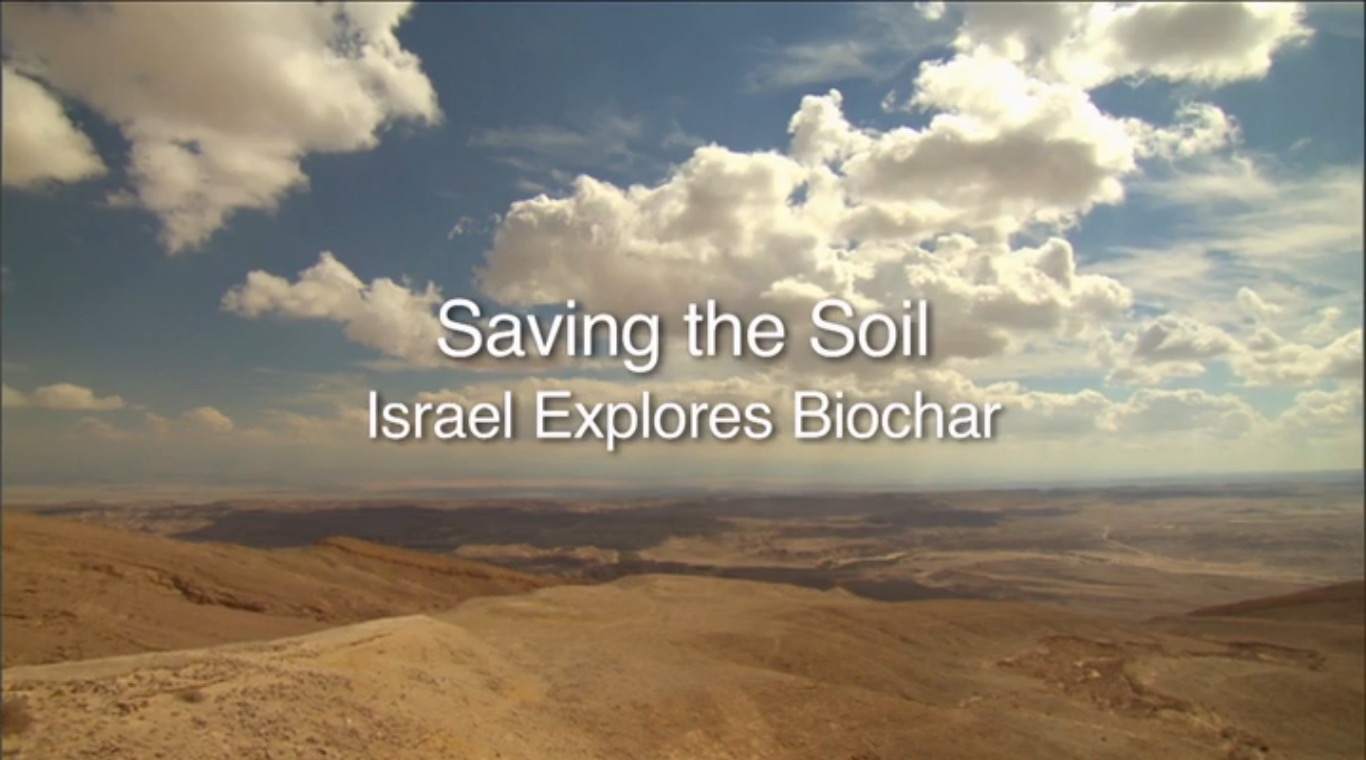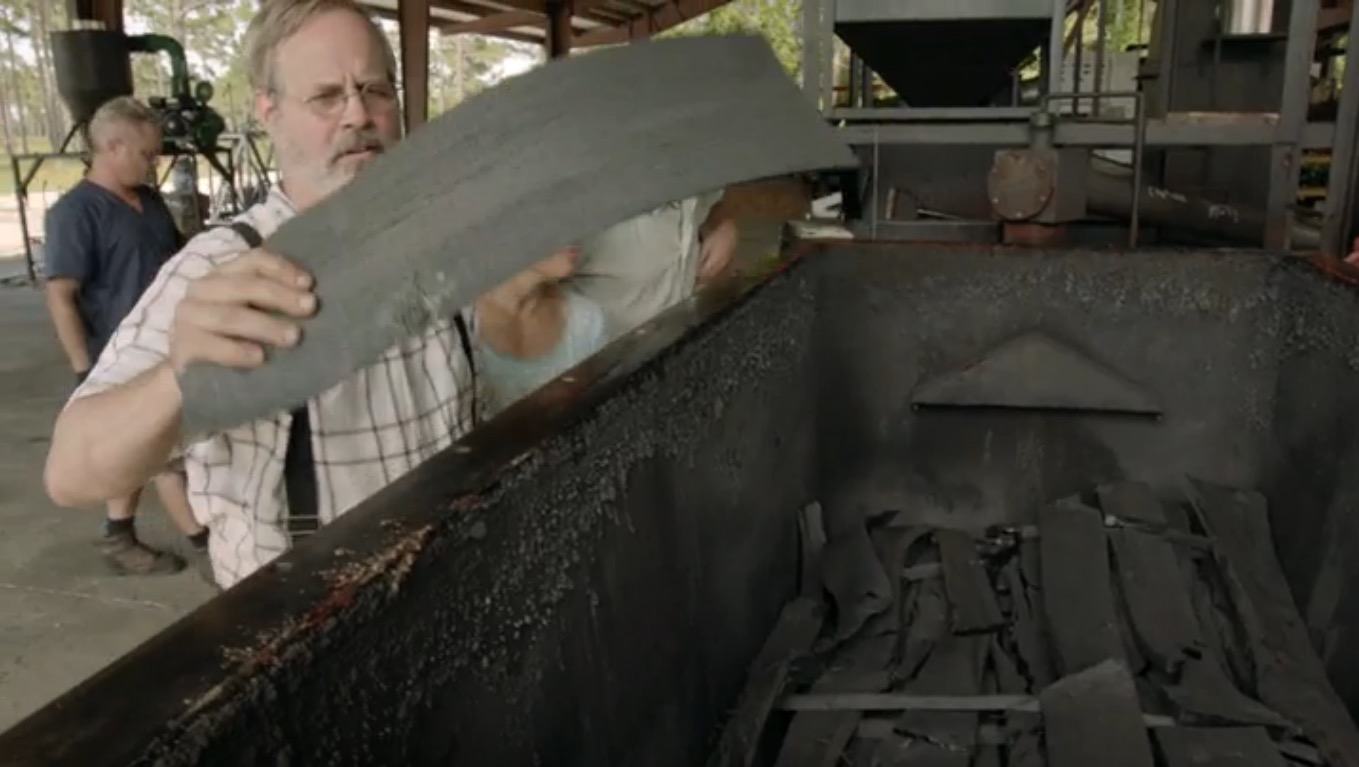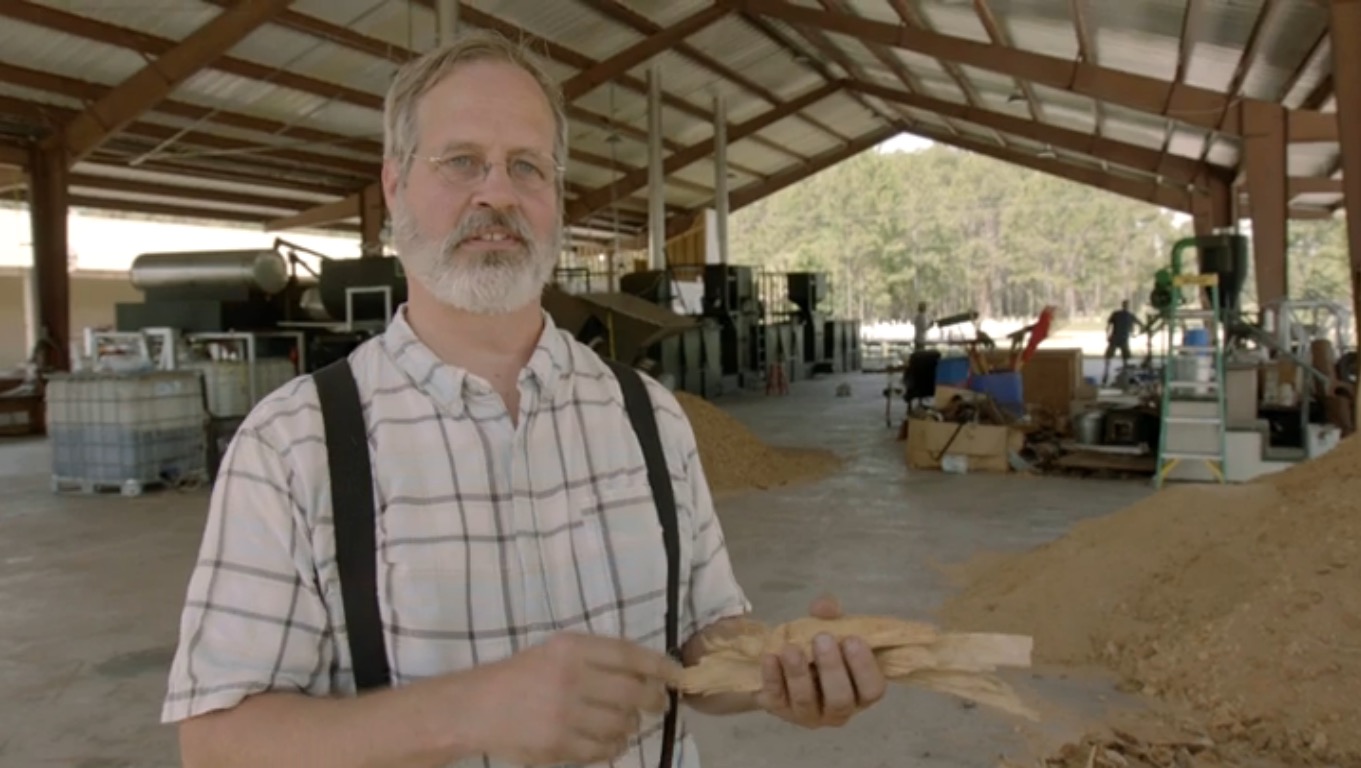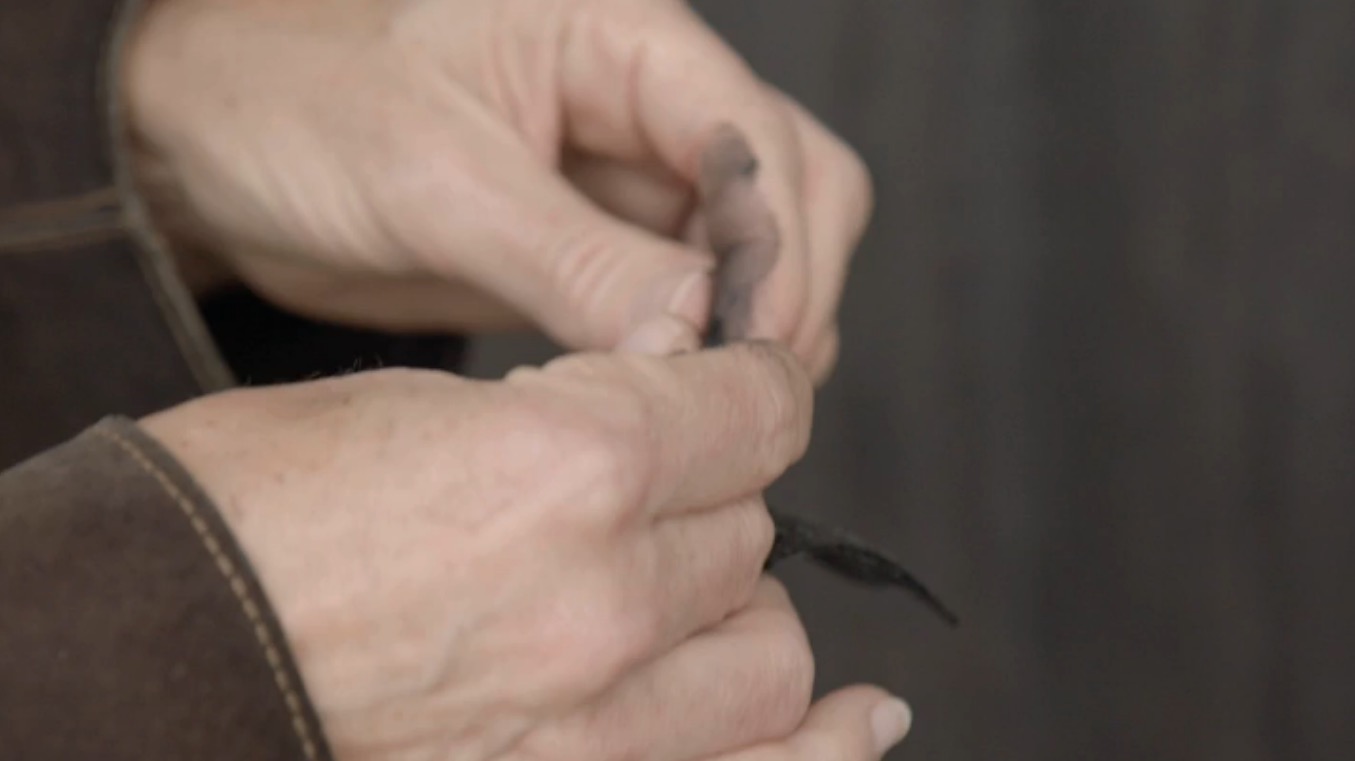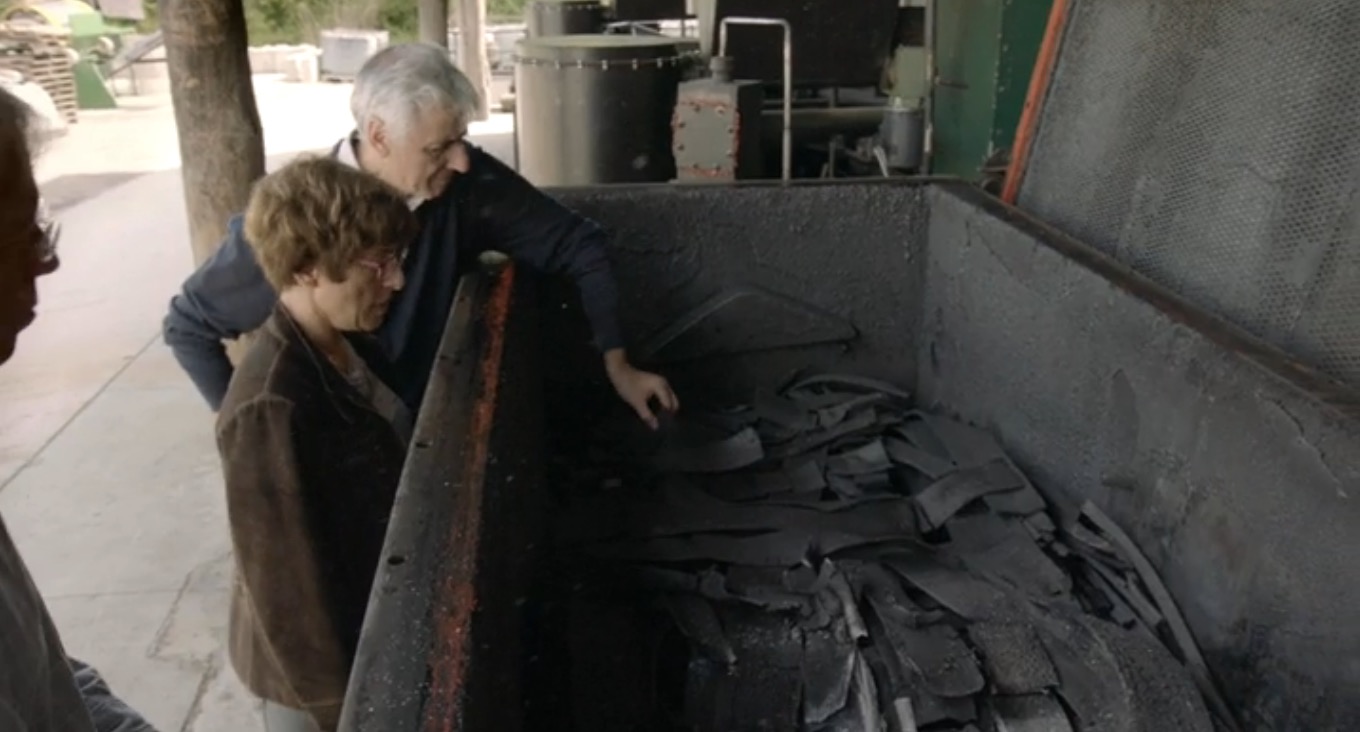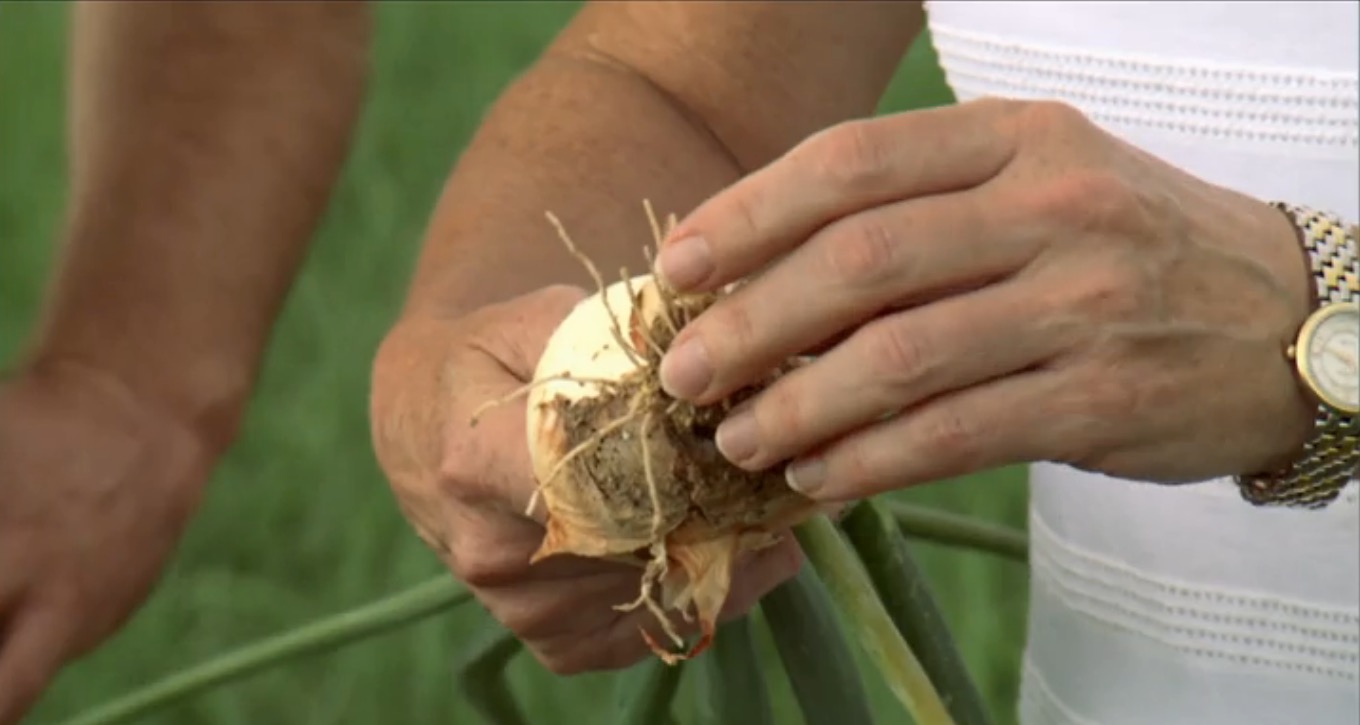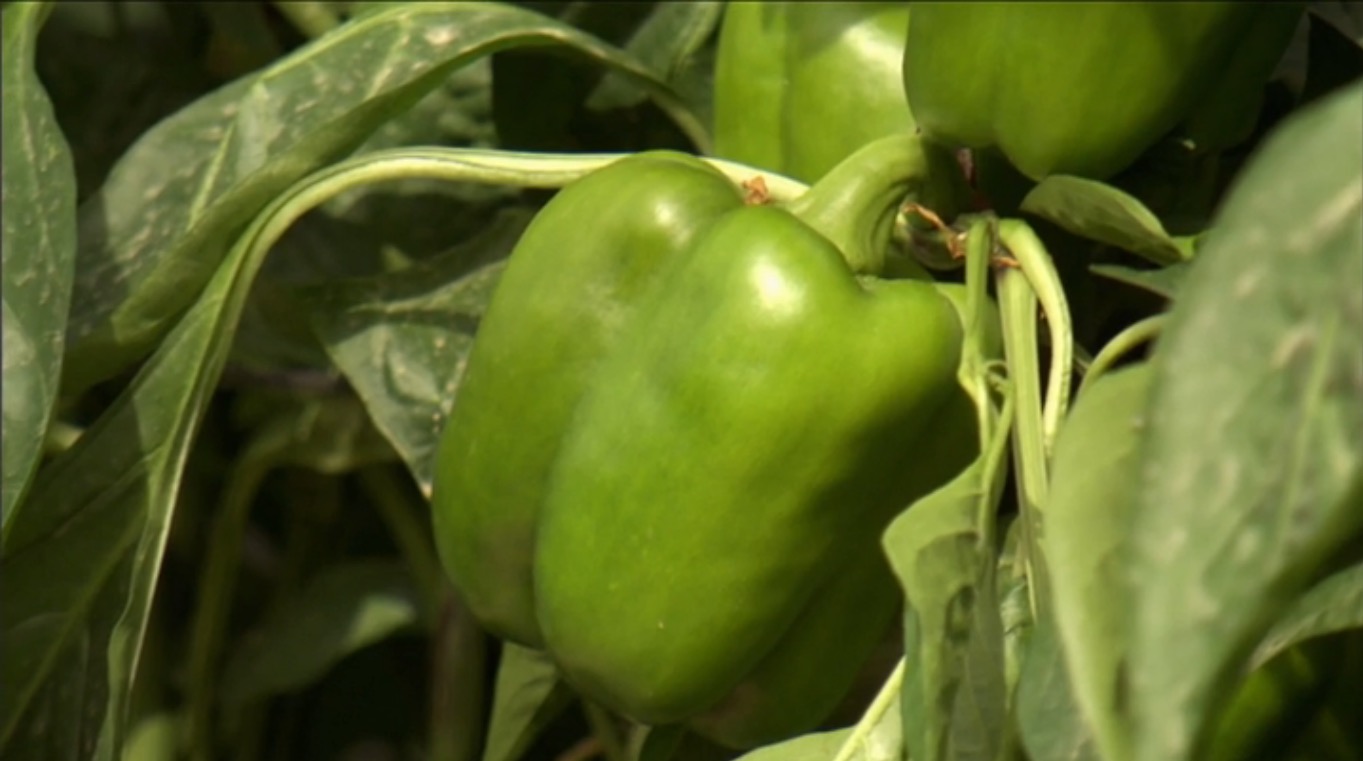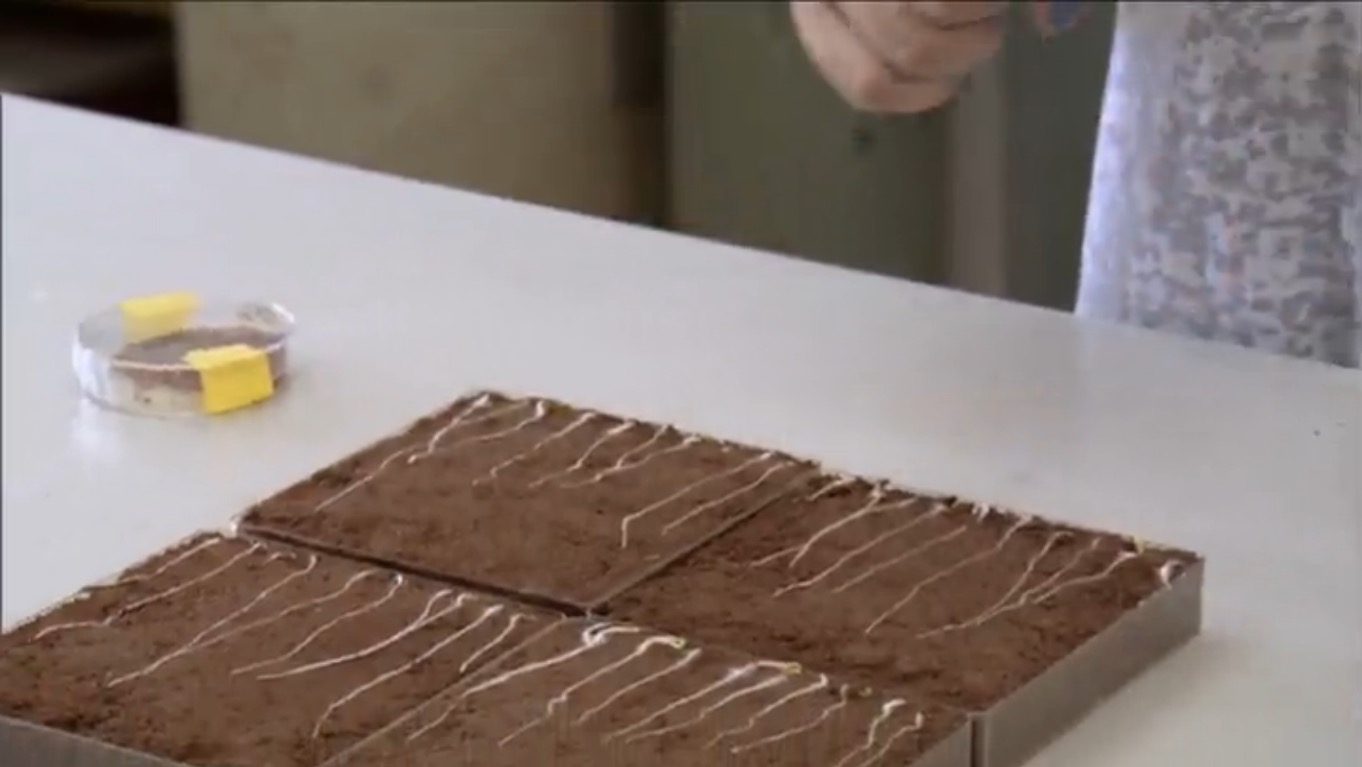Biochar. Photo courtesy Simon Dooley via Creative Commons License.
by Ellen R. Graber
Volcani Center, Agricultural Research Organization, Israel
When scientists and laypeople alike learn about biochar for the first time, they usually are intrigued by the seeming “magic powers” of this black powder. People with gardens and farms want to know how to use it, and scientists want to understand whether the stories they hear about it can possibly be true, and if yes, how does it work?
“Our group recently completed two studies that push us a bit forward in understanding the why of biochar. ”
Biochar is the solid product of treating organic matter wastes by pyrolysis, which is the technical word for burning organic materials in the absence of oxygen. Generally, we are familiar with combustion, that is, burning that takes place in the presence of oxygen. In an oxygen-containing environment, all the organic matter is eventually combusted to gases, mainly carbon dioxide and water vapor. By contrast, during pyrolysis, there are several final products, including biochar, bio-oil, and “syngas” (also known as synthesis gas).
By now, plenty of research studies in the laboratory, greenhouse, and field have shown that when biochar is added to soil, it can improve plant growth and health. This is not a universal result, however: sometimes adding biochar has no effect, and sometimes even negative effects are reported. As a result, knowing what is happening is not enough. We need to know why it is happening. Once we know the why, it will be possible to harness the positive effects and eliminate or minimize the negative ones.
Our group recently completed two studies that push us a bit forward in understanding the why of biochar. We discovered that biochar-stimulated improvements in plant growth and health are strongly linked to increased microbial diversity and changes in the metabolic potential of microbes in the root zone. Much as human health and development are affected by the microbes occupying our gut, so plant health and development are affected by the microbes intimately associated with the plant roots. Biochar improves the functioning and increases the diversity of these microbes, which corresponds to the increasing general consensus that soil additions that enhance microbial diversity have important benefits for ecosystem functioning. We have found that these changes are primarily triggered by the recalcitrant carbon backbone of the biochar and other tightly bound components that are part of biochar.
Much more research is still needed, but this gives an indication of the path scientists can follow to determine how to design and use biochar in the future.
The original research articles can be found in: Kolton et al. and Jaiswal et al.






